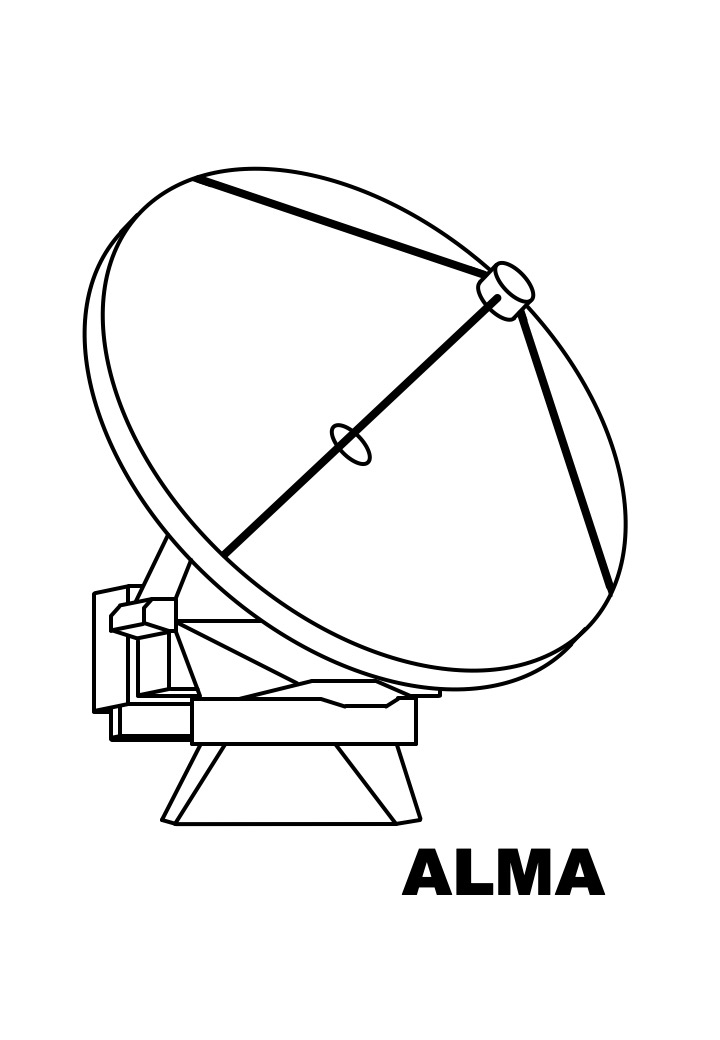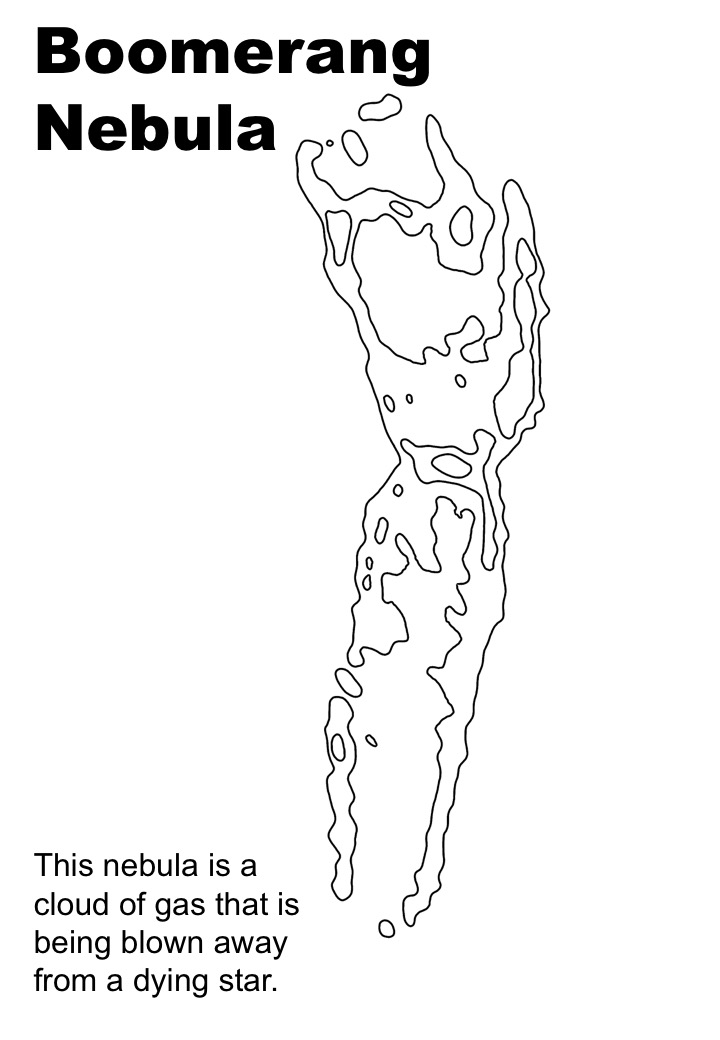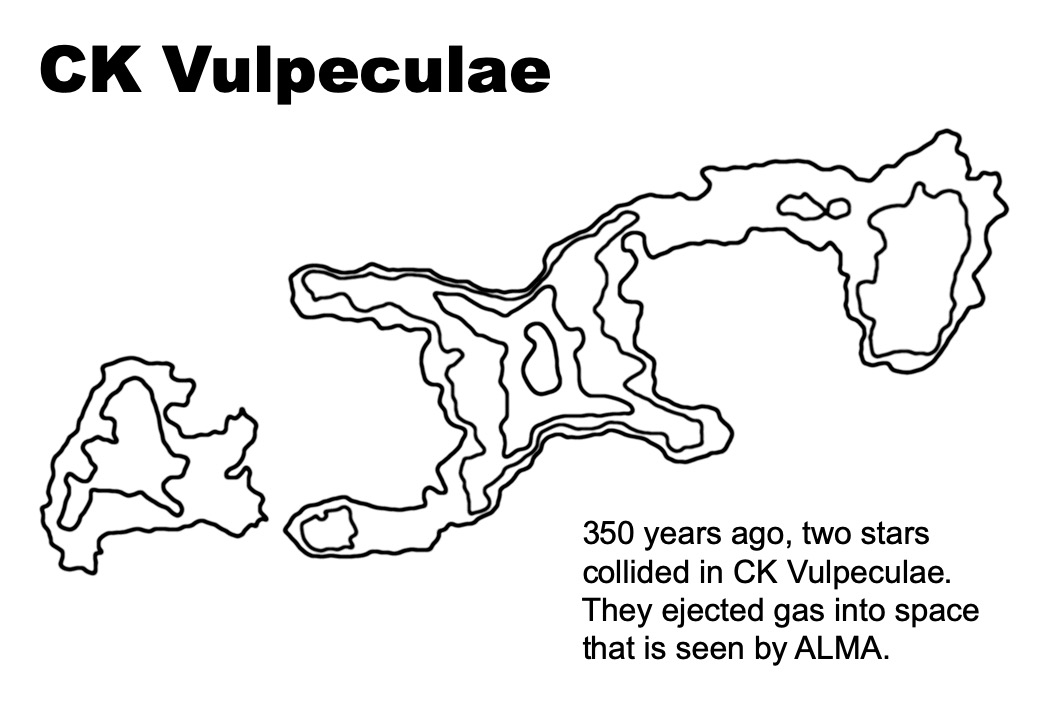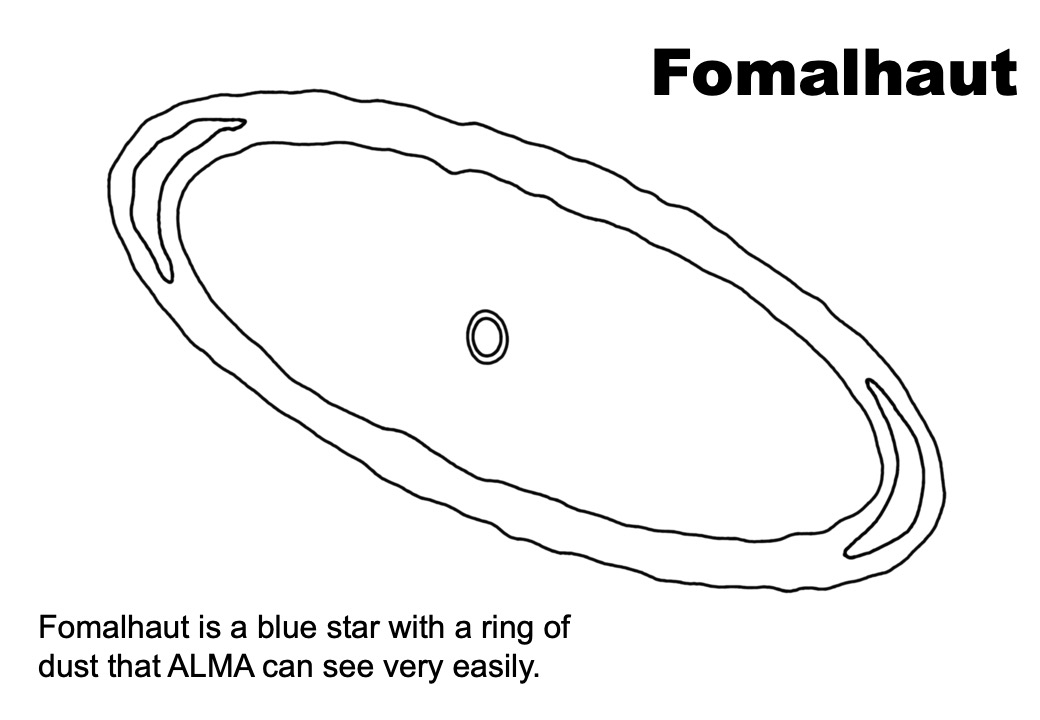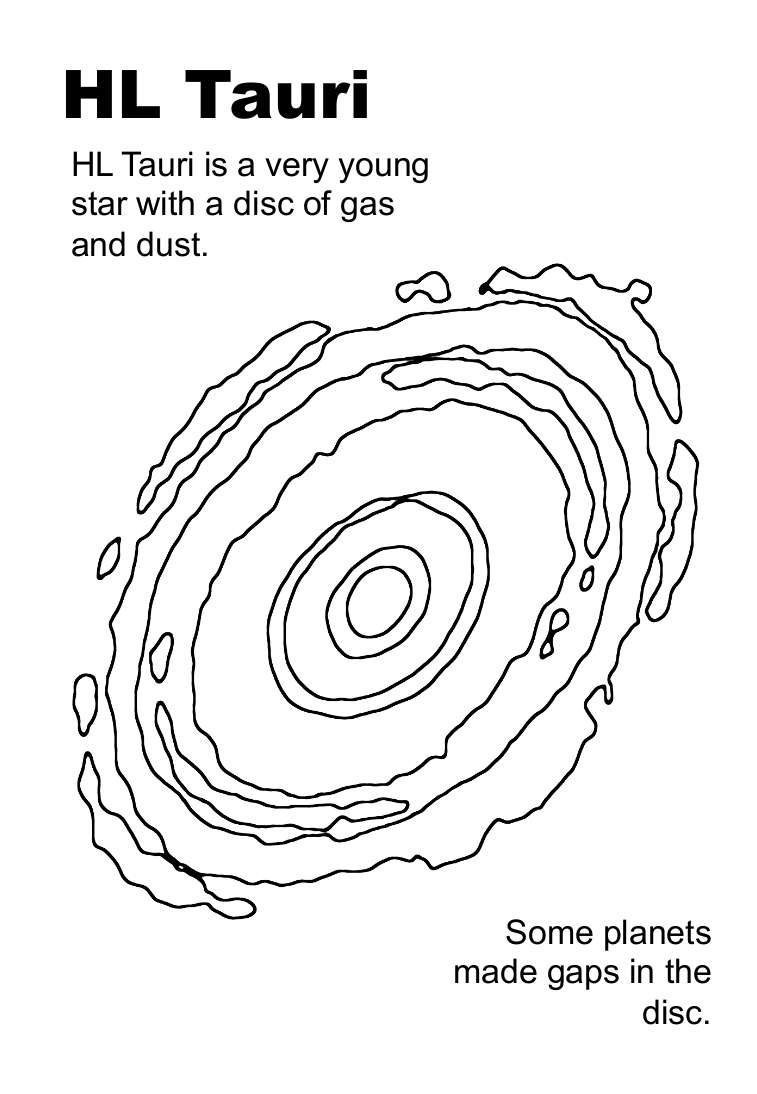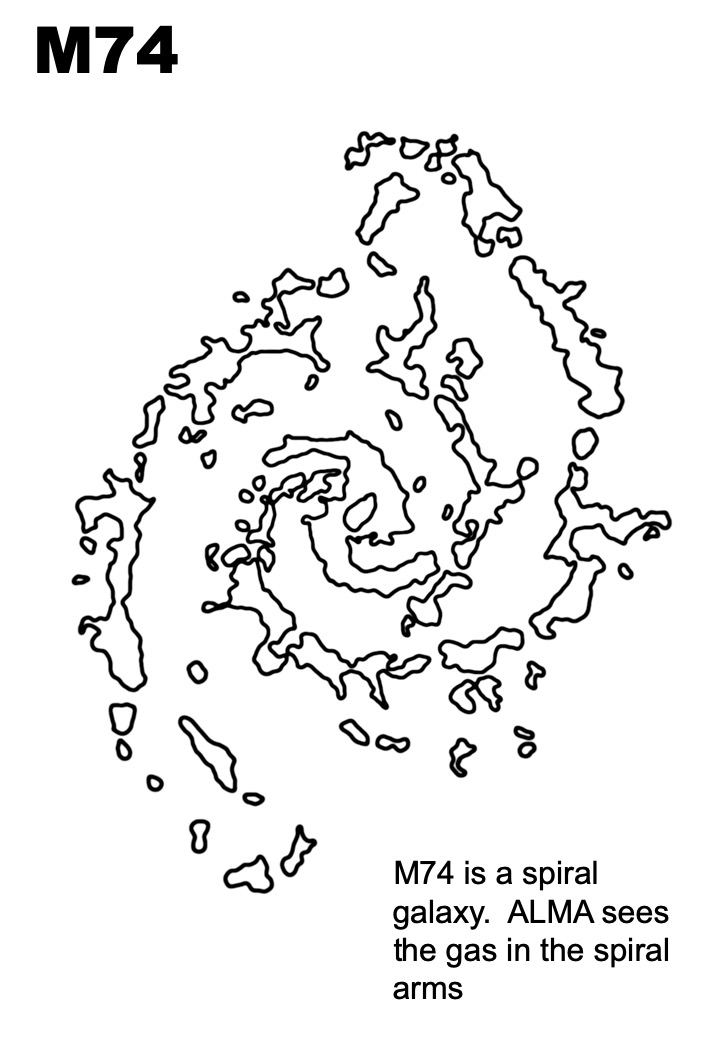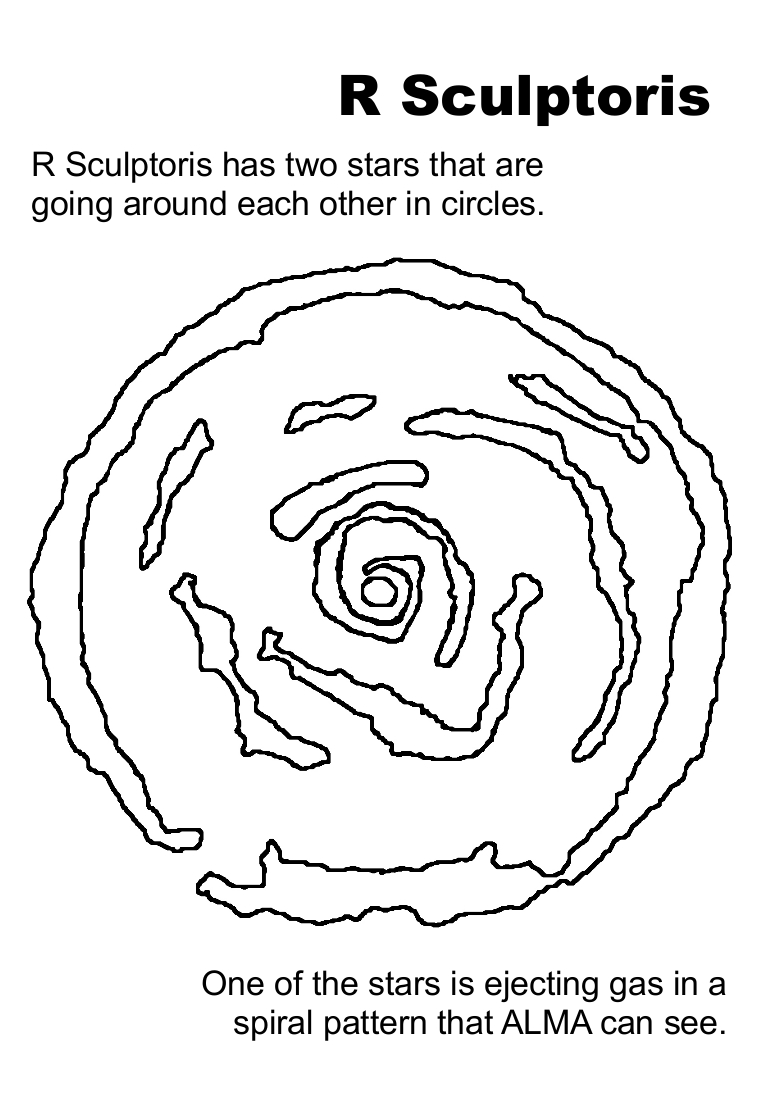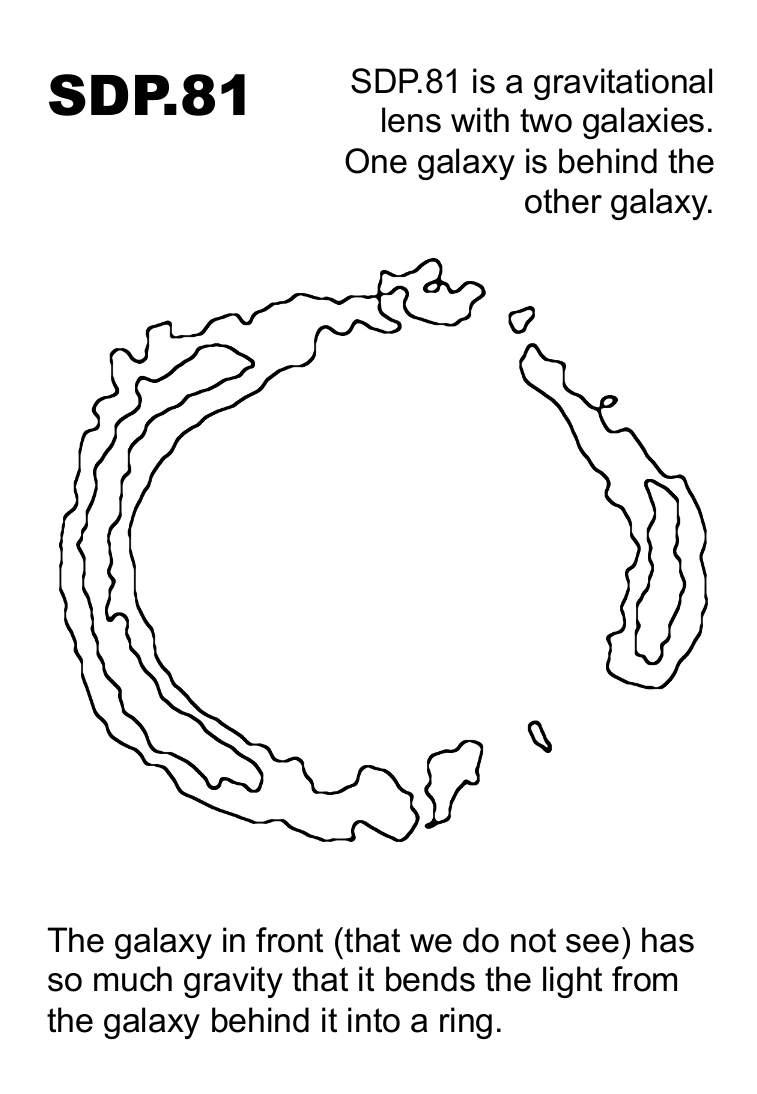Upcoming UK ARC Node Meetings
| 20-22 January 2025 | UK ALMA 2025 Hybrid Workshop |
Previous UK ARC Node Meetings
| 10-14 June 2024 | EU ALMA School |
| 08-10 May 2024 | Cambridge ALMA Workshop |
| 19-21 February 2024 | UK ALMA 2024 Hybrid Workshop |
| 20-22 February 2023 | UK ALMA 2023 Hybrid Workshop |
| 21-25 February 2022 | UK ALMA 2022 Virtual Workshop |
| 22-26 March 2021 | ALMA 2021 Virtual Workshop |
| 09-13 November 2020 | ALMA 2020 Virtual Workshop for New Postgraduate Students |
| 27 March 2019 | UK ALMA Community Day: Cycle 7 Preparation |
| 23-24 January 2019 | ALMA Data Processing Workshop: UCLan |
| 14-16 November 2018 | UK ALMA Workshop: Durham 2018 |
| 10-12 September 2018 | Interferometric Data Processing Workshop for eMerlin & ALMA: Dublin |
| 24-26 July 2017 | Measuring Star Formation in the Radio, Millimetre, and Submillimetre |
| 16-18 January 2017 | ALMA Data Processing Workshop: Cardiff |
| 21-25 November 2016 | ALMA "Bring Your Own Data" Workshop |
| 21-23 March 2016 | UK ALMA Data Workshop |
| 30-31 March 2015 | UK ALMA Science Meeting 2015 |
| 13 October 2014 | ALMA Community Day: Cardiff |
| 27-28 May 2013 | Science with ALMA Band 2 Workshop |
To subscribe to the newsletter, we recommend either contacting the UK ARC Node through the ALMA Helpdesk at help.almascience.org or emailing us. Our contact email address is
![]()
For other ways to contact us, visit our contact information page.
The UK ALMA Regional Centre Node has also designed a series of lab experiments that can be used to learn about ALMA, interferometry, and millimetre astronomy. These activities are described in a series of lab scripts that can be used in secondary school.
Lab scripts listed at the top of this page focus on performing analyses of professional ALMA data using the free DS9 image viewing program. These lab experiments can be performed on Windows, Mac, or Linux computers.
Lab scripts near the bottom of this page focus on using handheld "spy" microphones to measure soundwave phenomena that are related to lightwave phenomena in astronomy.
 |
The Relation Between Gas Density and Star Formation Rate in the Spiral Galaxy M100 Astronomers have found an important relation between the rate at which stars form and the amount of interstellar molecular gas that is available for forming stars. This experiment provides instructions on how to measure this relation in the center of the spiral galaxy M100. Lab script (secondary school level) |
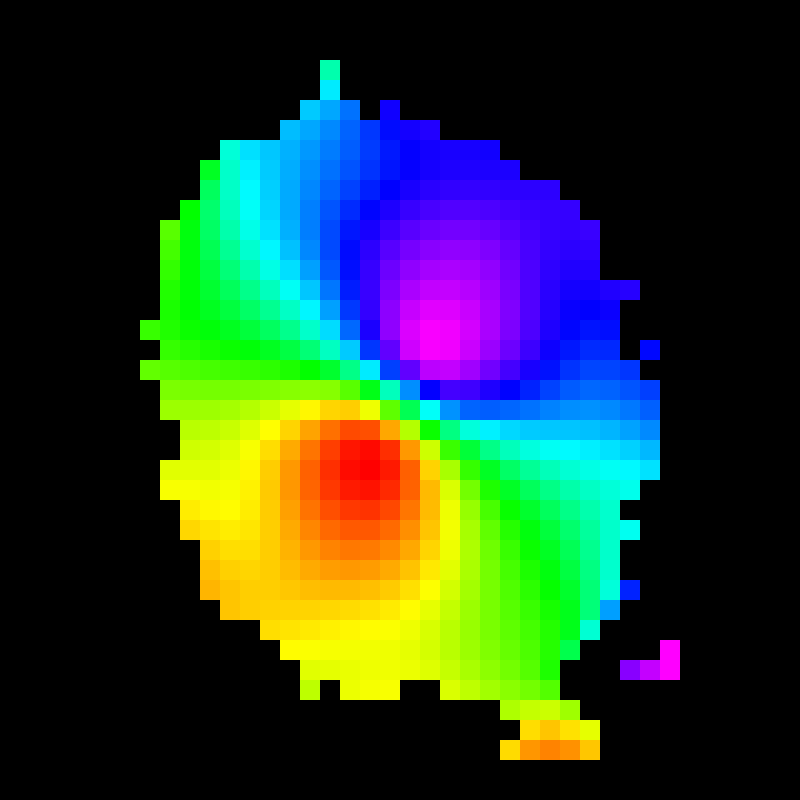 |
Measuring the Rotation of TW Hydrae TW Hydrae is a protostellar object consisting of a star forming out of a disk of gas and dust. This experiment describes how, using ALMA observations of spectral line emission from CO molecules, it is possible to measure the rotation velocity of the disk and hence determine the mass of the star. |
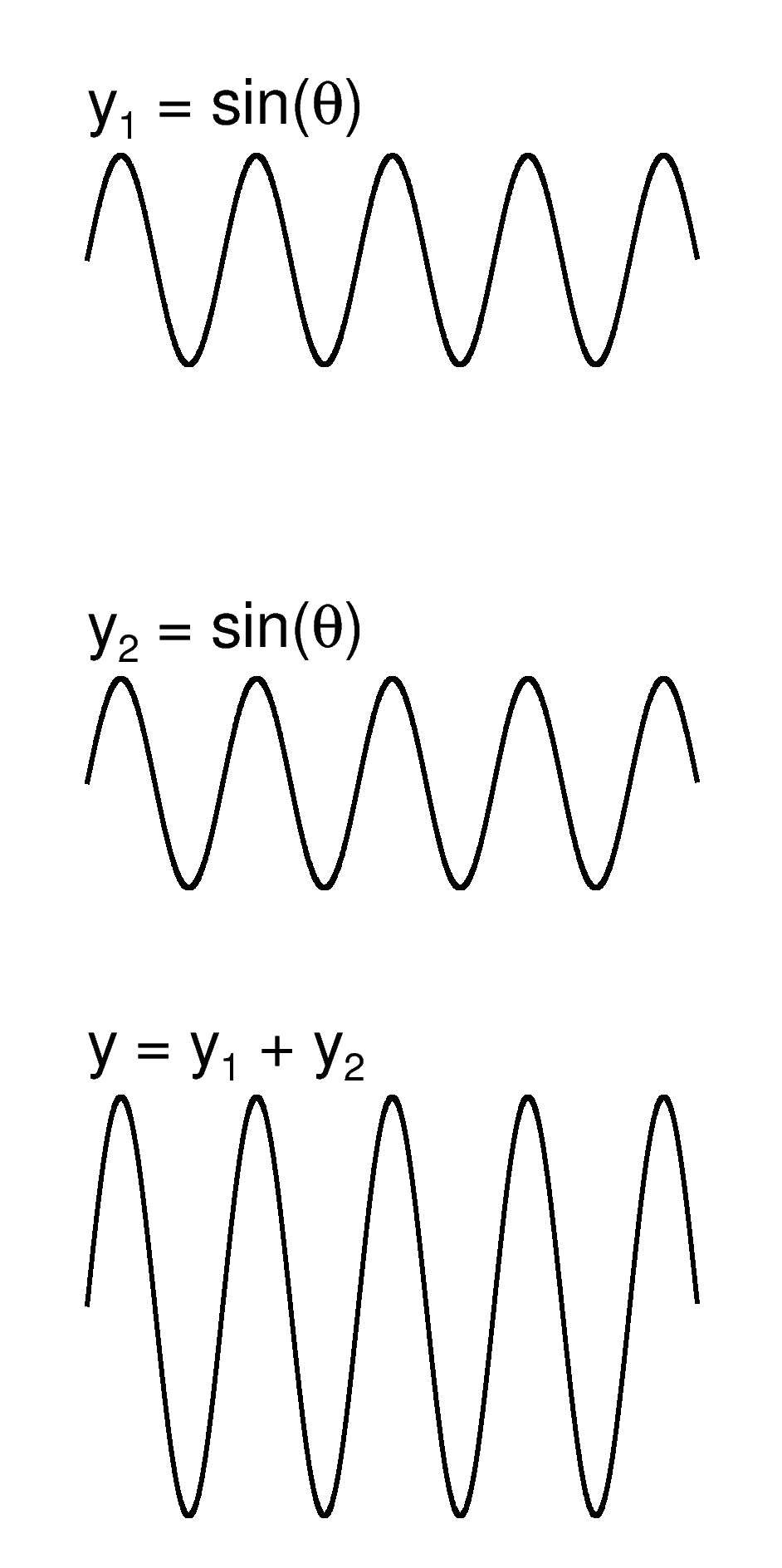  |
Using Sound Waves to Measure Angles Sound waves interfere in the same way that light waves interfere. Radio interferometers like ALMA use the principles of interference to produce very high precision maps of radio emission sources in the sky. This lab script simulates that approach using sound waves instead of light waves. |
 |
Measuring Doppler Shift Using Sound Sound waves and light waves are both subject to Doppler shifting. The frequency of the waves measured by an observer will change depending on whether the source producing the waves is moving toward or away from the observer. In this lab experiment, students use a "spy microphone" to measure the change in frequency of a person running with a tone generator, which can then be used to measure the velocity of the person. |
Estimated ‘In-Kind Income’ for REF Analysis
After consultations with STFC, the UK Node has received guidelines for the calculation of REF 'in-kind income' for use of ALMA by UK PIs. These number refer to 'in-kind income' with respect to access payments as made to ALMA from the UK via ESO.
ALMA operates for ~80% of the calendar year with a shutdown period due to adverse weather conditions. In Cycle 7 (the latest cycle), the 12m array (50 antennas) has 4300 hours of astronomical observations available. The ACA and total power (TP) arrays (16 antennas) have 3000 hours of dedicated time for astronomy. Earlier cycles had slightly smaller numbers of hours available for the 12m array.
The UK pays on average (for the last 3 years) £26.3M per annum for its ESO subscription (including the ELT). We should distinguish between ALMA and ESO (VLT, VLTI, APEX, and the La Silla facilities), with a suggested ratio from the STFC of 2/3 ESO and 1/3 ALMA, which gives ~8.75M /per year (per cycle) from the UK to ALMA.
For Cycle 7:
12m operations: £8.75M*(50/66)/4300 = £1.54k/hr (Total = £6.62M)
ACA and TP operations: £8.75M*(16/66)/3000 = £0.71k/hr (Total = £2.13M)
These are in line with rough estimates from STFC of £30k per 'day' where an operational day is ~(18 - 20) hrs.
Estimates can be made for Cycles 5 and 6 by inserting 4000 hrs offered by the 12M array and 3000 hrs by the ACA.
For younger children, we have created a series of colouring sheets based on photos of the telescope and astronomical images created by the telescope. You can click on the links below to download either JPG or PDF versions of the images.
|
|
ALMA (multiple antennas) |
|
|
ALMA (single antenna) |
|
|
ALMA (single antenna) |
|
|
Boomerang Nebula (protoplanetary nebula) |
|
|
CK Vulpeculae (nebula produced by collision between two stars) |
|
|
Fomalhaut (star with dust ring) |
|
|
HL Tau (protostar with gas and dust disc) |
|
|
M74 (spiral galaxy) |
|
|
R Sculptoris (evolved star with shell of molecular gas) |
|
|
SDP.81 (gravitational lens) |



